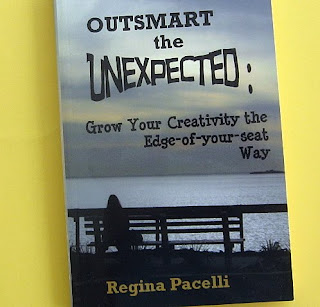 Do you or does your organization need more ideas? Well then Josh Linkner and his book Disciplined Dreaming: A Proven System to Drive Breakthrough Creativity may have just the solution for you or at least just the right idea generating tool!
Do you or does your organization need more ideas? Well then Josh Linkner and his book Disciplined Dreaming: A Proven System to Drive Breakthrough Creativity may have just the solution for you or at least just the right idea generating tool!
Filled with proven techniques and the success stories to back them up, Linkner has written a resource that you and your team will come back to over and over. He believes that creativity is a skill that you can learn and even quotes from renown Harvard Business School professor Clayton Christensen to prove it:
“Studies have shown that creativity is close to 80 percent learned and acquired.”
From there, Linkner provides a simple framework to increase your creative thinking capacity and also teaches you how to encourage it your organization or team. His five step process is similar to the actual creative process.
1. Ask: Define your creativity challenge by asking what needs to be solved. Then use your curiosity to seek those clues.
2. Prepare: Like exercise, creative thinking requires warm-ups. Also if you are in an organization, cultural alignment is necessary.
3. Discover: Seek creativity in the unlikely corners of your life. You may be surprised by what you find.
4. Ignite: Where the rubber meets the road. Use as many different tools and techniques to spark ideas individually or in a group.
5. Launch: Bring your analytical mind back into the picture to sort through all of the ideas you generated in the last step in order to choose the best ones to pursue.
Now, I can’t guarantee that you will become a creative genius after reading this book and following the Disciplined Dreaming process, but I am pretty certain that Linkner’s infectious enthusiasm about all things creative will at least make you look at problem solving and creativity a lot differently.
- Now go and create some new ideas!







